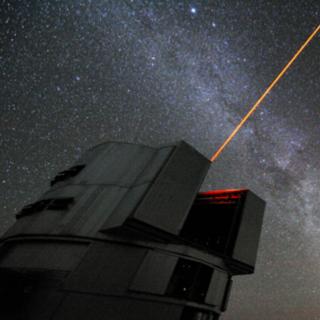Bibcode
Pancino, E.; Zocchi, A.; Rainer, M.; Monaci, M.; Massari, D.; Monelli, M.; Hunt, L. K.; Monaco, L.; Martínez-Vázquez, C. E.; Sanna, N.; Bianchi, S.; Stetson, P. B.
Bibliographical reference
Astronomy and Astrophysics
Advertised on:
6
2024
Journal
Citations
10
Refereed citations
8
Description
For decades, it has been theorized that a tenuous but detectable intracluster medium should be present in globular clusters, which is continuously replenished by the gas and dust ejected by bright giants and periodically cleared by interactions with the Galactic disk. However, dedicated searches, especially in infrared and radio wavelengths, have returned mostly upper limits, which are lower than theoretical expectations by several orders of magnitude. We profited from recent wide-field photometry for 48 Galactic globular clusters to compute high-resolution maps of differential reddening, which can be used to correct any photometric catalog in these areas for reddening variations. Using 3D reddening maps from the literature, we evaluated the amount of foreground extinction. This allowed us to estimate the masses of the intracluster medium in our sample clusters, with an accuracy of one order of magnitude. Our estimates agree with the few available literature detections and with theoretical expectations. Because the discrepancy between observations and expectations only concerns literature upper limits, we explored possible reasons why they could be underestimated and we show that two recent discoveries can explain the discrepancy. The first is the recent discovery that the intracluster medium in 47 Tuc is not centrally concentrated. This is also supported by our maps, which in the majority of cases do not show a central reddening concentration. The second is the discovery that the dust in metal-poor ([Fe/H] ≲ −1 dex) globular clusters is dominated by iron grains rather than silicates, which undermines previous dust mass estimates from observed upper limits. We conclude that current evidence, including our maps, does not contradict theoretical expectations and the problem of the missing intracluster medium is no longer an issue.
Tables 1, 2, and 3 are available at the CDS via anonymous ftp to cdsarc.cds.unistra.fr (ftp://130.79.128.5) or via https://cdsarc.cds.unistra.fr/viz-bin/cat/J/A+A/686/A283
Related projects

Galaxy Evolution in the Local Group
Galaxy formation and evolution is a fundamental Astrophysical problem. Its study requires “travelling back in time”, for which there are two complementary approaches. One is to analyse galaxy properties as a function of red-shift. Our team focuses on the other approach, called “Galactic Archaeology”. It is based on the determination of galaxy
Emma
Fernández Alvar